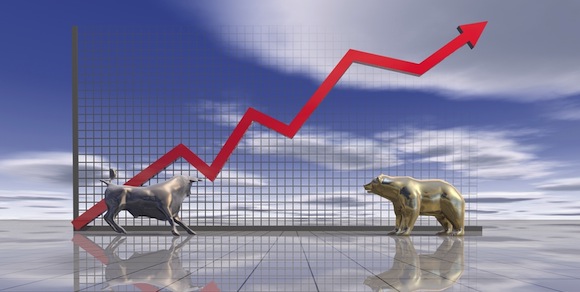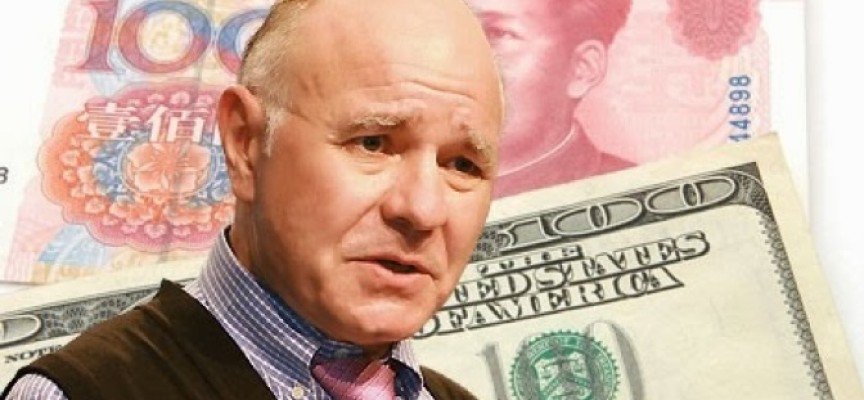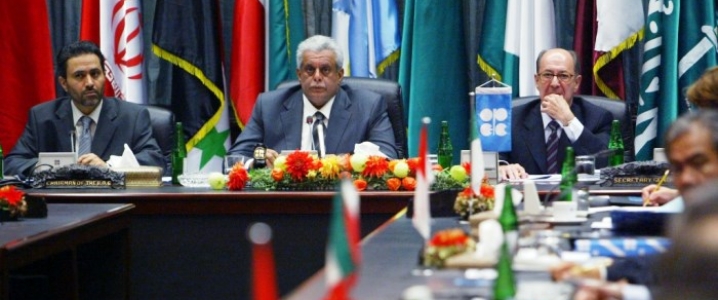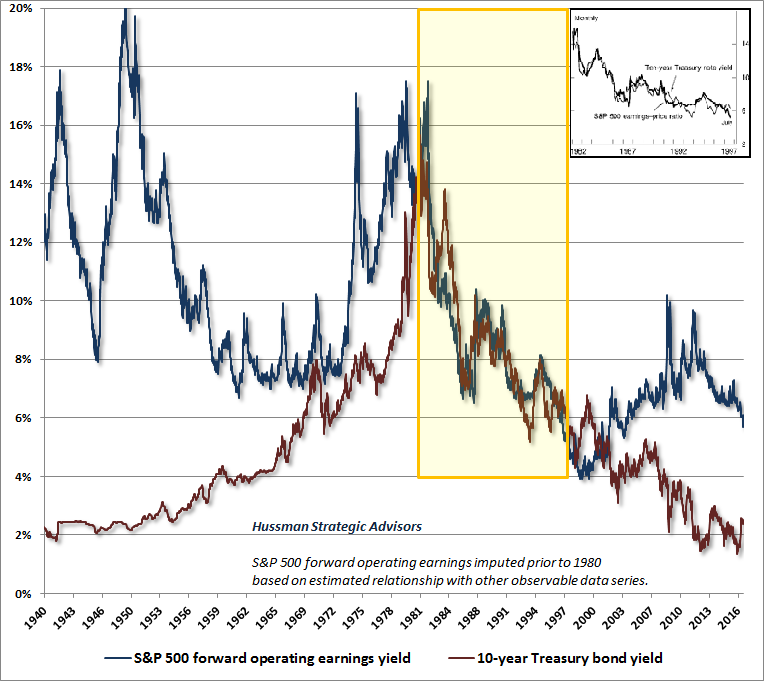 Dow Jones reported that the S&P GSCI Index, a measure of commodity futures, was up 28% last year: “many commodities have continued to rally this year. Oil and natural-gas prices have soared more than 50% over the past 12 months. Precious metals like silver and materials like lumber have scored big gains in recent weeks.”
Dow Jones reported that the S&P GSCI Index, a measure of commodity futures, was up 28% last year: “many commodities have continued to rally this year. Oil and natural-gas prices have soared more than 50% over the past 12 months. Precious metals like silver and materials like lumber have scored big gains in recent weeks.”
Citigroup noted, according to Dow Jones, that “commodity assets under management globally rose 7% in January from the previous month to $391 billion, up more than 50% compared with the previous year.”
“The Materials Price Index, which tracks oil, metals, lumber and other commodities, closed higher for a record 17 straight weeks before finally falling in the last week of February,” Dow Jones reported.
Investors are becoming more bullish on economic growth, hoping that President Donald Trump’s $1 trillion infrastructure pledge will come to fruition.
Bloomberg reported that deal-making is starting to pick up in the metals arena: “Transactions announced in the first two months of the year climbed 41 percent to $7.6 billion from a year earlier, according to data compiled by Bloomberg. That’s the best start to a year since 2013, before gold and copper entered bear markets. Premiums for the deals announced in February averaged 33 percent, the highest since August, data show.”
“Investors poured about $4.9 billion into exchange-traded funds that track materials companies in the three months through March 3, beating funds linked to technology firms, according to data compiled by Bloomberg.”
Gold, silver, platinum and palladium futures are up at least 7% this year, Bloomberg noted.
Related Articles
- Four Extraction Companies That Top BT Global Growth’s List
- Five Companies Positioned for Healthy Returns as Energy Markets Recover
Want to read more Gold Report articles like this? Sign up for our free e-newsletter, and you’ll learn when new articles have been published. To see a list of recent articles and interviews with industry analysts and commentators, visit our Streetwise Interviews page.
Disclosure:
1) Patrice Fusillo compiled this article for Streetwise Reports LLC and provides services to Streetwise Reports as an employee.
2) Comments and opinions expressed are those of the specific experts and not of Streetwise Reports or its officers.
3) The article does not constitute investment advice. Each reader is encouraged to consult with his or her individual financial professional and any action a reader takes as a result of information presented here is his or own responsibility. By opening this page, each reader accepts and agrees to Streetwise Reports’ terms of use and full legal disclaimer. This article is not a solicitation for investment. Streetwise Reports does not render general or specific investment advice and the information on Streetwise Reports should not be considered a recommendation to buy or sell any security. Streetwise Reports does not endorse or recommend the business, products, services or securities of any company mentioned on Streetwise Reports.




 OPEC’s coordinated effort to curtail global supply has so far managed to put a floor under oil prices, which have been sitting modestly above US$50 since the deal was announced at the end of November last year. But resurging U.S. shale has been capping the upside, and Brent has not breached US$58 per barrel. Analysts and experts are now mostly predicting that oil prices will remain below US$60 this year.
OPEC’s coordinated effort to curtail global supply has so far managed to put a floor under oil prices, which have been sitting modestly above US$50 since the deal was announced at the end of November last year. But resurging U.S. shale has been capping the upside, and Brent has not breached US$58 per barrel. Analysts and experts are now mostly predicting that oil prices will remain below US$60 this year.














